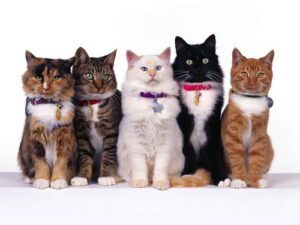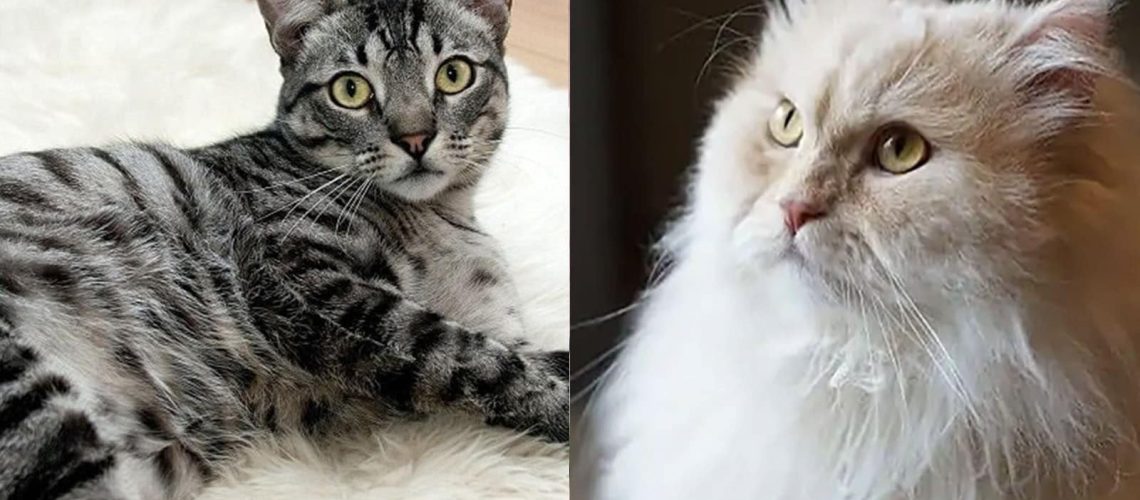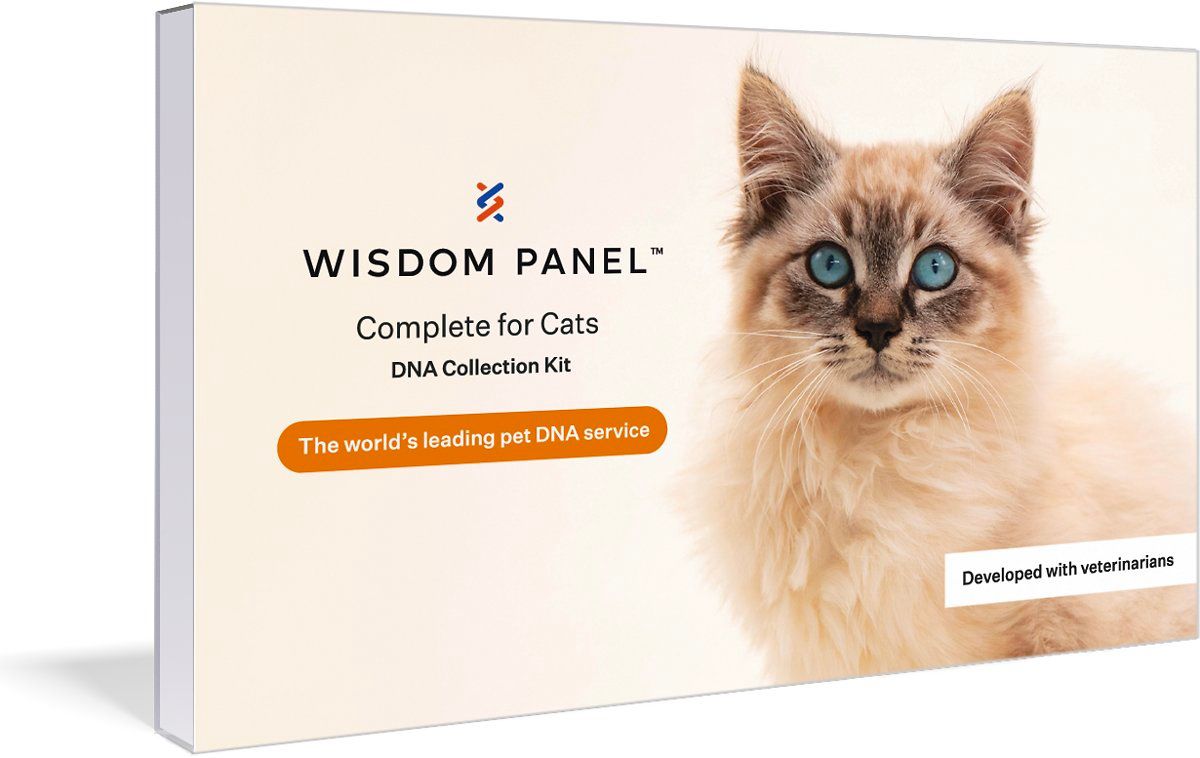Are you curious if your feline friend is a purebred or not? Unlocking the mystery of your cat's ancestry can bring a sense of pride and satisfaction. Not only will it give you a deeper understanding of your furry companion, but it can also provide valuable insights into their behavior and health.
So, let's embark on this fascinating journey together and discover the secrets behind your cat's lineage!
Key Takeaways:
1. Look for breed-specific physical traits: Purebred cats usually have distinct physical characteristics that are specific to their breed.
2. Check for registration papers: A purebred cat should come with official registration papers from a recognized cat registry or association.
3. Consider the source: Buying from a reputable breeder increases the chances of getting a purebred cat, as they maintain proper breeding records and lineage.
4. Genetic testing: DNA tests can provide accurate information about a cat's breed heritage and help determine if it is truly purebred.
5. Consult with experts: Seek advice from veterinarians or experienced cat breeders who can assess your cat's traits and provide insights on its purity.
What Does "Purebred" Mean for Cats?
The Definition of Purebred
A purebred cat is a cat that belongs to a specific breed and has parents that are also of the same breed. This means that all the cats in a purebred's family tree come from the same breed. Purebred cats have specific traits and characteristics that are unique to their breed, and these traits are passed down from generation to generation.
Purpose of Breeding Purebred Cats
Breeding purebred cats serves several purposes. One reason is to preserve and maintain certain desirable traits within a particular breed. For example, if a breed is known for being friendly or having a certain appearance, breeding purebred cats ensures that these traits continue in future generations. Another purpose is to create new breeds with distinct characteristics by selectively breeding cats with specific traits.
Popular Purebred Cat Breeds
- Maine Coon: Known for their large size and tufted ears.
- Persian: Recognized for their long, luxurious coats and flat faces.
- Siamese: Known for their striking blue eyes and sleek bodies.
- Bengal: Characterized by their spotted or marbled coat patterns.
- Ragdoll: Loved for their affectionate nature and tendency to go limp when held.

How to Tell if Your Cat is a Purebred
Pedigree Papers
If you have pedigree papers for your cat, it means that they have been registered with a cat registry organization. These papers provide information about your cat's lineage, including its parents, grandparents, and so on. Having pedigree papers is a strong indication that your cat is a purebred.
Physical Characteristics
Examining your cat's physical characteristics can also give you clues about its breed. Purebred cats often have distinct features that are specific to their breed. For example, Siamese cats have blue eyes and a slender body shape, while Maine Coons are large with tufted ears. Comparing your cat's appearance to the breed standards can help determine if it is a purebred.
DNA Testing
If you're unsure about your cat's breed, DNA testing can provide more accurate information. There are DNA tests available specifically for cats that can analyze your cat's genetic makeup and identify any purebred traits. These tests compare your cat's DNA to known breed profiles and provide a percentage match for each breed.
Physical Characteristics that Identify Purebred Cats
Fur Length and Texture
The length and texture of a cat's fur can be an important clue in determining its breed. Some breeds, like the Persian, have long, thick fur that requires regular grooming to prevent matting. Other breeds, such as the Devon Rex, have short, curly fur that feels soft to the touch.
Eye Color and Shape
The color and shape of a cat's eyes can also indicate its breed. Some breeds, like the Siamese, have striking blue eyes that are characteristic of their breed. Others may have green or yellow eyes. Additionally, certain breeds may have unique eye shapes, such as the Scottish Fold with its folded ears and round eyes.
Diagram: Examples of Eye Shapes in Different Cat Breeds
Body Structure and Size
The body structure and size of a cat can vary greatly between breeds. Some breeds, like the Maine Coon, are known for their large size and muscular build. Others, such as the Sphynx, have a slender and lean body shape. Observing your cat's body structure can help identify its breed.
Using Appearance Alone to Determine if a Cat is Purebred
Breed Standards
Each cat breed has specific standards set by cat registry organizations that outline the ideal appearance for that breed. These standards include details about the cat's body shape, coat color and pattern, eye color, and other distinguishing features. Comparing your cat's appearance to these standards can give you an idea of whether it is purebred or not.
Purebred vs. Mixed-Breed Traits
Purebred cats often have distinct traits that are consistent within their breed. For example, Siamese cats are known for being vocal and demanding attention from their owners. Persian cats, on the other hand, tend to be calm and reserved. Observing your cat's behavior and personality traits can provide additional clues about its breed.
Traits and Behaviors of Purebred Cats
Temperament
Different cat breeds have different temperaments and personalities. Some breeds are more active and playful, while others are more laid-back and relaxed. For example, the Bengal is known for its high energy levels and love for climbing, while the Ragdoll is famous for its docile nature and tendency to go limp when held.
Specific Vocalizations
Certain cat breeds are known for their unique vocalizations. Siamese cats, for instance, have a distinctive and loud voice, often described as "talkative." They enjoy communicating with their owners through various sounds. Paying attention to your cat's vocalizations can provide insight into its breed.
Mixed-Breed Cats Exhibiting Specific Breed Characteristics
While mixed-breed cats don't have a purebred lineage, they can still exhibit traits and characteristics of specific breeds. This is because they may have ancestors from different breeds that passed down certain traits. For example, a mixed-breed cat may have the appearance of a Siamese with blue eyes or the playful nature of a Bengal.
Reliable Methods and Resources for Identifying a Cat's Breed
Veterinarian Consultation
Your veterinarian can be a valuable resource in identifying your cat's breed. They have experience working with different cat breeds and can use their knowledge to help determine your cat's breed based on physical characteristics and behavior.
Cat Breed Books and Websites
There are numerous books and websites dedicated to different cat breeds. These resources provide detailed information about each breed's appearance, temperament, and other distinguishing features. Consulting these sources can help you narrow down the possibilities for your cat's breed.
Breed-Specific Rescue Organizations
Breed-specific rescue organizations specialize in rescuing and rehoming specific cat breeds. These organizations often have extensive knowledge about different breeds and can provide guidance in identifying your cat's breed based on photos or descriptions.
In conclusion, identifying if your cat is a purebred can be done by looking for specific physical traits, checking for registration papers, and seeking professional advice. Remember to love your cat regardless of their breed!
How can I tell if my cat is purebred?
If you want to accurately determine the breed of your cat, you will need to use a cat DNA test. These kits analyze your cat's DNA, which is collected through a cheek swab, in order to uncover detailed information about their genetic background and lineage.
How do you tell if your cat is purebred or inbred?
One can also identify inbred cats by observing any physical abnormalities they may have. Purebred cats are usually smaller than average and may exhibit deformities like kinked tails or abnormally shaped heads. Additionally, inbred cats commonly display behavior issues and may demonstrate either heightened aggression or timidity compared to non-inbred cats.
How can I tell if my cat is pedigree?
In order for a purebred cat to be considered a pedigree, it must be registered with a recognized breed association such as the GCCF, FB, or TICA. These organizations provide certificates and other documentation to prove the cat's pedigree and parentage.
How do you know if my cat is a breed?
To determine the breed of your cat, you can consider its size, coloring, ears, hair type, and potentially its face and tail. However, these factors may not always be reliable. Eyes and certain personality traits can provide some clues but are not the most reliable sources of identification. The most accurate way to determine your cat's breed is to take a cat DNA test.
What percentage is considered purebred cat?
Purebred cats are not as prevalent as purebred dogs. According to the ASPCA, around one out of every three puppies are adopted from breeders, while up to 25% of shelter dogs are purebreds. In contrast, less than 3% of cats are bought from breeders.
Are tabby cats purebred?
Is a tabby cat considered a purebred? No, a tabby is not a specific breed of cat, but rather a coat pattern that can be found in both purebred and mixed-breed cats. It is commonly seen in domestic short- or long-haired cats. The classic tabby pattern consists of dark markings in a blotched or swirled pattern over a lighter coat color.

















